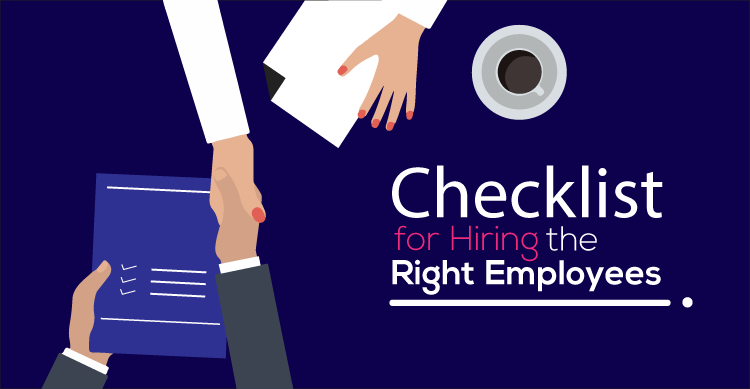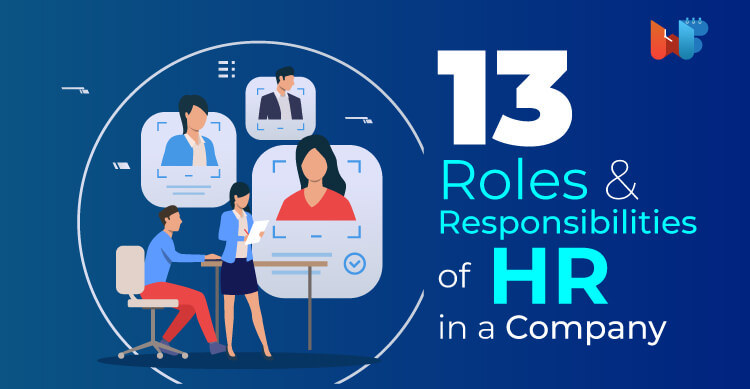
Onboarding is a popular term these days and refers to the process of hiring new employees for the organization. It sets off before the employee’s start-date and can extend to about six months or even a year.
Being an overwhelming process by itself, the end result and the impact may depend on the techniques that you use and the length of the process.
There are many tools that you can use today, each of which promises you the best engagement results and retention rates.
In this context, we are going to draw out a checklist that would help you to hire the right employees. Such a hiring process is seen to enhance employee performance and commitment to the organization.
1. Get to know the local laws.
It is important to know the local laws relating to a maximum number of weekly hours of work, maternity leave, annual leave, notice of termination, public holidays, etc.
2. Start the hiring process.
This requires that you assess your organization’s current as well as future needs and define the roles for which you would need people.
At this stage, you can also deliberate as to whether hiring is the best option or you have better alternatives. If you decide to hire, you would clearly want to know what you need from the individual.
3. Create a suitable job description.
This stage requires that you know the skills/qualifications the person requires and the amount that you are willing to compensate the employee with.
In this context, remember that it is important to maintain a record of every candidate’s strengths, weaknesses, interview notes, expectations, etc. You would have to refer to these throughout the onboarding process.
4. Attract the right candidates.
The next step is to advertise the vacant positions. Suitable candidates should hear about the opportunity and match it with their skills, salary expectations and experience.
The manner in which you advertise may depend on the industry that you are in. Social media, online job portals, newspapers, recruitment agencies, etc., are some options that you may consider.
5. Get on with the recruiting.
This involves a whole gamut of activities including communication with prospects, interviews and screening, etc. You have to determine as to who will do the recruiting.
Activities as described in the previous step and this one is sometimes more efficiently done by someone in the team or an outsourced recruiter.
6. Get your employees started up properly.
This is the orientation period and is the most important phase of the onboarding process. Ensure that you do not overlook this process. This is the time period when your employees align with the culture and vision of your organization.
A tour of the work premises is absolutely essential during the induction program. They also have to be provided with an overview of the business that your organization is involved in.
This is the time when the employee is educated about the roles and responsibilities at the workplace, prevalent dress codes, safety protocols, evacuation procedures, operating hours, payroll, etc.
7. Complete all the paperwork.
It is time for the employee to sign up for various benefit programs, insurance coverage documents and retirement plan documents. The new employee will at this time also complete all the payroll forms.
8. Set company expectations.
The employee is informed about the probationary period and the times when the performance appraisals would take place.
9. Start training program.
The new employee is trained on all aspects of the job, from the simple to the complex. The duration of the training program is also notified to the employee.
Final Thoughts
It is a good idea to standardize the onboarding process with a checklist as listed above. This is because taking optimum time to onboard the employees is the key to increase the productivity of the new hires. The absence of a checklist-based onboarding process is seen to result in higher manpower turnover rates.









